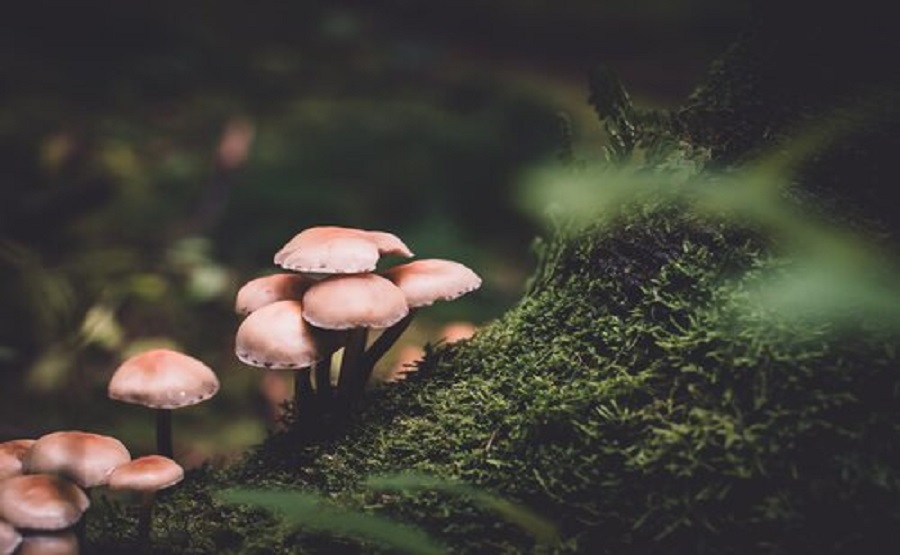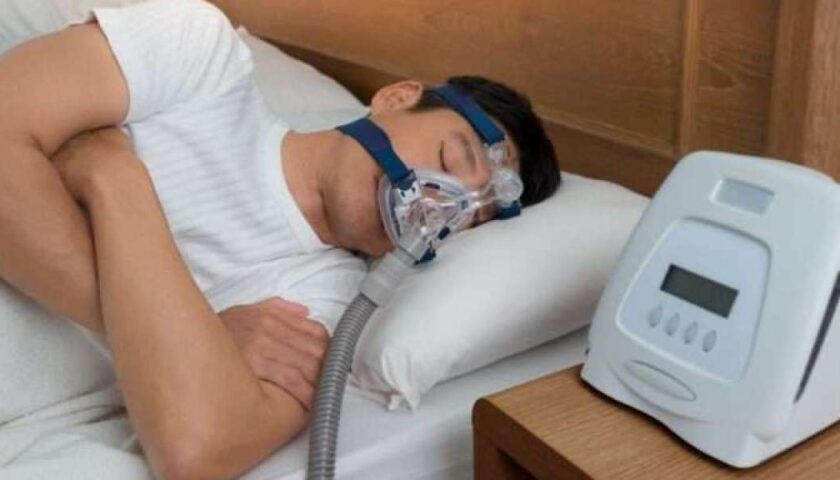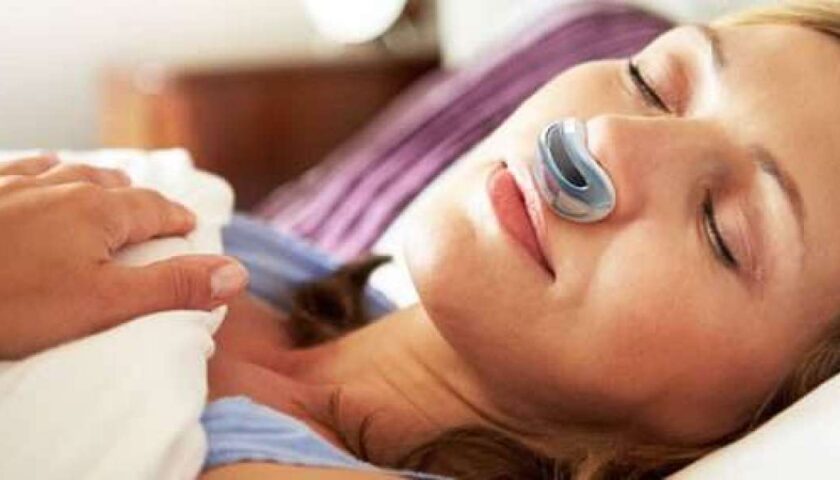Microdosing psilocybin truffles has gained popularity in recent years as a potential way to experience the benefits of psychedelics without the intense, mind-altering effects associated with higher doses. While anecdotal reports suggest various positive outcomes, it’s crucial to approach microdosing with caution and knowledge. In this article, we will delve into the dosage guidelines for microdosing psilocybin truffles, aiming to provide a balanced and informed perspective.
Understanding Microdosing
Microdosing involves the consumption of sub-perceptual doses of psychedelics, such as psilocybin, which is the active compound found in certain mushrooms and truffles. The goal of microdosing is not to induce a full-blown psychedelic experience, but rather to benefit from its potential therapeutic effects. These benefits may include improved mood, increased creativity, enhanced focus, and reduced symptoms of anxiety or depression.
Factors Influencing Dosage
- Individual Sensitivity: Each person’s sensitivity to psilocybin can vary significantly. Factors like body weight, metabolism, and neurochemistry play a role in determining the appropriate dosage.
- Strain and Potency: Different strains of mushrooms or truffles may contain varying concentrations of psilocybin. It is essential to know the potency of the specific truffles you are working with.
- Previous Experience: Individuals with prior experience with psychedelics may have a different tolerance level compared to those who are entirely new to them.
- Intentions and Goals: The purpose of microdosing can influence the dosage. Some individuals microdose for cognitive enhancement, while others do so for emotional well-being.
- Medical Considerations: Any pre-existing medical conditions or medications being taken should be taken into account. Consulting a healthcare professional is advisable.
Dosage Recommendations
Psilocybin Content in Truffles
Psilocybin content in truffles can vary widely. It is crucial to purchase from a reputable source that provides accurate information on the psilocybin content. Typically, dried truffles contain anywhere from 0.2% to 0.5% psilocybin by weight.
Starting Dosage
A common starting point for microdosing psilocybin truffles is 0.1 grams. This is considered a threshold dose, which is below the level at which any significant perceptual changes occur. It’s advisable to begin with this minimal dosage and observe how your body and mind respond.
Titration and Observation
After the initial dose, it’s recommended to follow a titration process. This involves gradually increasing the dosage in small increments (usually 0.1 grams) over several sessions until you find your optimal dosage. It’s crucial to keep a journal to track your experiences, noting any changes in mood, focus, or overall well-being.
Optimal Dosage Range
The optimal dosage for microdosing varies from person to person. Some individuals find their sweet spot at 0.2 grams, while others may require up to 0.5 grams. It’s crucial to remember that the goal is to find the smallest effective dose, not to push for stronger effects.
Frequency of Microdosing
A common microdosing regimen involves taking a dose every three days. This allows for the potential benefits to be felt without developing a tolerance to psilocybin. However, it’s essential to pay attention to your body’s responses and adjust the frequency as needed.
Duration of a Microdosing Cycle
Microdosing regimens can vary in duration. Some individuals choose to microdose for a few weeks, while others opt for more extended cycles of several months. It’s advisable to take breaks to assess any lasting effects and prevent potential habituation.
Safety Considerations
- Legal Status: Check the legal status of psilocybin-containing substances in your region. Possession or use of these substances may be prohibited in some areas.
- Source and Quality: Ensure you obtain truffles from a reputable and trusted source to guarantee their quality and potency.
- Medical Consultation: If you have any underlying medical conditions or are taking medications, consult a healthcare professional before starting a microdosing regimen.
- Set and Setting: Even in microdosing, the environment and your mental state play a significant role. Choose a comfortable, safe space and ensure you’re in a positive frame of mind.
- Listen to Your Body: If you experience any adverse effects, discontinue microdosing and seek professional advice.
Conclusion
Microdosing psilocybin truffles can be a potentially valuable tool for personal development and well-being. However, it’s essential to approach it with careful consideration of dosage, frequency, and safety measures. Remember that individual responses can vary, so it’s crucial to find the dosage that works best for you. If in doubt, seek guidance from a healthcare professional or experienced practitioner. With responsible use, microdosing may offer a unique way to explore the benefits of psychedelics in a controlled and mindful manner.
FAQs: Microdosing Psilocybin Truffles
1. What is microdosing?
Microdosing involves consuming sub-perceptual doses of psychedelics like psilocybin, which is the active compound found in certain mushrooms and truffles. The goal is to experience the potential therapeutic benefits without the intense hallucinogenic effects associated with higher doses.
2. How do I know the potency of the truffles I have?
The potency of truffles can vary widely based on factors such as strain, growing conditions, and processing. It’s essential to purchase from a reputable source that provides accurate information on the psilocybin content. Dried truffles generally contain between 0.2% and 0.5% psilocybin by weight.
3. What’s a typical starting dosage for microdosing psilocybin truffles?
A common starting point is around 0.1 grams, which is considered a threshold dose. This is below the level at which significant perceptual changes occur. It’s important to begin with this minimal dosage and gradually titrate up.
4. How do I titrate my dosage?
Titrating involves gradually increasing the dosage in small increments (usually 0.1 grams) over several sessions until you find your optimal dosage. Keeping a journal to track your experiences is crucial during this process.
5. What’s the optimal dosage range for microdosing?
The optimal dosage varies from person to person. Some individuals find their sweet spot at 0.2 grams, while others may require up to 0.5 grams. The goal is to find the smallest effective dose, not to push for stronger effects.
6. How often should I microdose?
A common microdosing regimen involves taking a dose every three days. This allows for the potential benefits to be felt without developing a tolerance to psilocybin. However, it’s important to pay attention to your body’s responses and adjust the frequency as needed.
7. How long should a microdosing cycle last?
Microdosing regimens can vary in duration. Some individuals choose to microdose for a few weeks, while others opt for more extended cycles of several months. It’s advisable to take breaks to assess any lasting effects and prevent potential habituation.
8. Are there any potential risks or side effects of microdosing?
While microdosing is generally considered safe, individual responses can vary. Some individuals may experience mild side effects like headaches, changes in appetite, or mood fluctuations. It’s crucial to listen to your body and discontinue if any adverse effects occur.
9. Is microdosing legal?
The legal status of psilocybin-containing substances varies by region and country. It’s essential to check the local laws and regulations regarding the possession and use of these substances in your area.
10. Should I consult a healthcare professional before starting a microdosing regimen?
If you have any underlying medical conditions or are taking medications, it’s highly advisable to consult a healthcare professional before starting a microdosing regimen. They can provide personalized advice based on your specific health situation.





